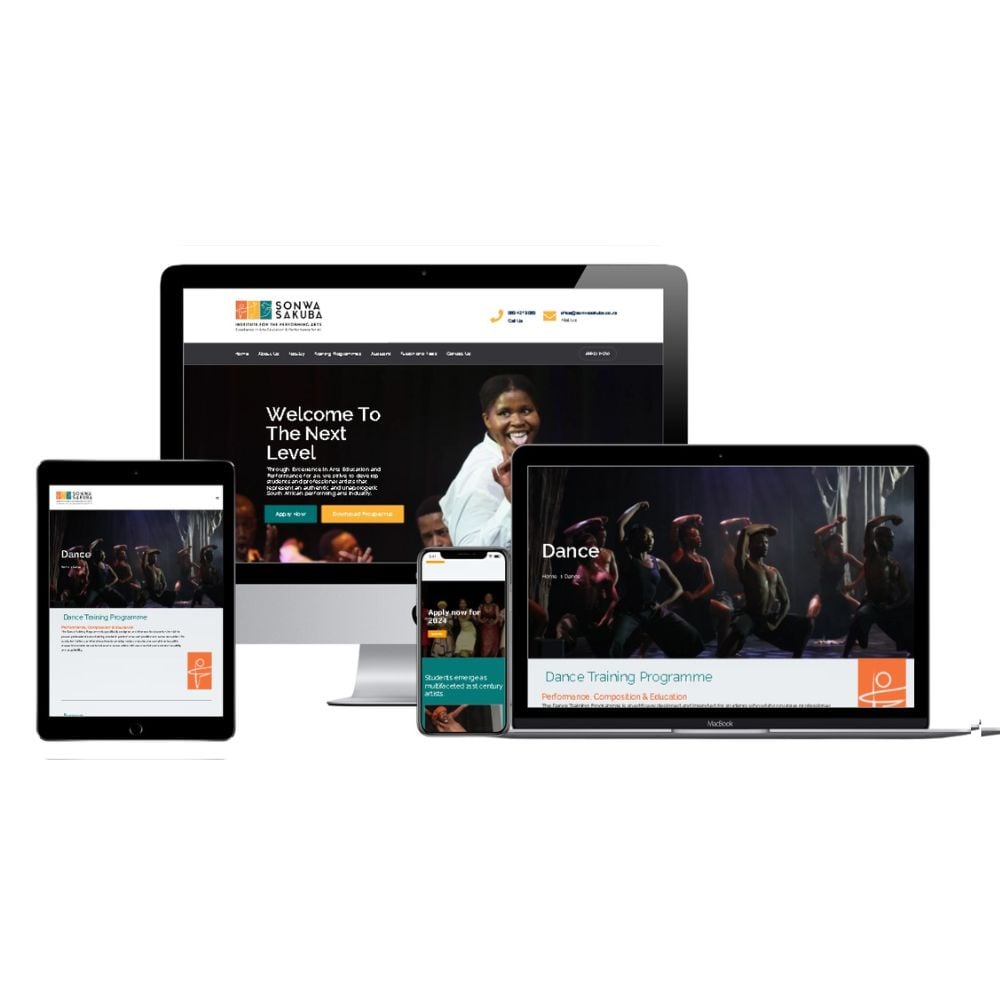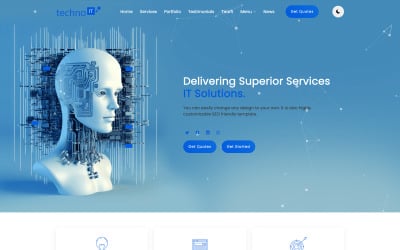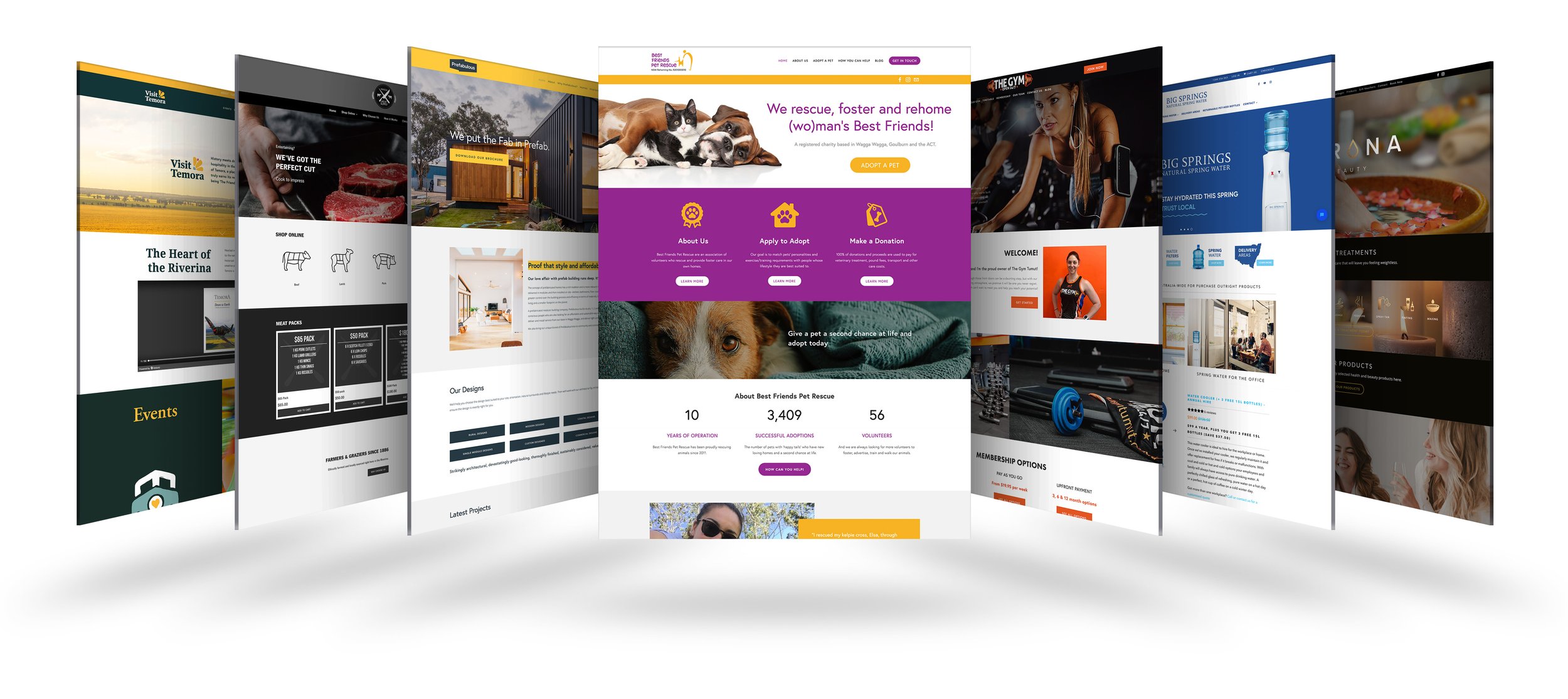Leading Tips for Producing an Impactful Site Style That Transforms
To accomplish this, one must consider a variety of elements, including recognizing the target audience, prioritizing customer experience, and maximizing for mobile platforms. The tactical usage of compelling call-to-actions and a well-defined aesthetic pecking order plays a critical role in leading individuals through their trip.

Understand Your Target Target Market
Comprehending your target market is basic to reliable site design, as it prepares for developing an appealing user experience. Recognizing who your individuals are, including their demographics, preferences, and actions, allows developers to tailor the web site's content, design, and functionality to satisfy certain demands.
Performing detailed market study is crucial in this process. Surveys, meetings, and analytics can supply useful insights into customer assumptions and pain factors. By compiling this information, developers can produce customer personalities that stand for different sectors of the audience, making sure that design choices are informed and pertinent.
Furthermore, comprehending the target market helps in choosing appropriate design elements such as color design, typography, and imagery that reverberate with individuals. An internet site that speaks directly to its audience fosters a sense of connection and depend on, urging longer gos to and higher conversion prices.
Ultimately, a user-centered method to web site design not just boosts user complete satisfaction but additionally sustains business objectives by driving involvement and commitment. By focusing on the requirements and choices of the target market, an internet site can efficiently serve its function and accomplish desired end results.
Prioritize Customer Experience
To boost the total effectiveness of an internet site, focusing on individual experience (UX) is necessary (Website Design). A properly designed UX makes certain that visitors can navigate the website easily, find info swiftly, and involve with content meaningfully. This results in raised customer contentment and greater conversion rates
Begin by carrying out user-friendly navigation. Menus ought to be practically structured, allowing users to situate vital locations of the site with very little effort. Consistency in layout elements, such as color design and fonts, promotes familiarity, which is essential for maintaining customer involvement.
Additionally, think about the loading rate of your website. A hold-up of just a couple of secs can bring about considerable drop-offs, as individuals are much less likely to wait for a slow-loading web page. Enhancing images and optimizing code can boost performance and preserve visitors.
By focusing on customer experience, you not only create an extra satisfying setting for site visitors but also strengthen your brand name's credibility. Ultimately, a focus on UX is an investment in the lasting success of your website.
Optimize for Mobile Devices
Optimizing for mobile devices is critical in today's electronic landscape, where an increasing number of customers gain access to web sites with mobile phones and tablets. A mobile-friendly layout not only enhances user experience but also plays a substantial duty in boosting internet search engine positions. To attain this, it is vital to embrace a responsive design that immediately adapts to numerous display sizes and orientations.

Loading rate is one more critical aspect; mobile customers are commonly much less patient and anticipate rapid access to info. By prioritizing mobile optimization, you make sure that your website stays affordable and you could look here successfully engages a more comprehensive target market.
Use Compelling Call-to-Actions
A web site's efficiency commonly depends upon its ability to guide site visitors towards desired actions, making compelling call-to-actions (CTAs) important components of design. CTAs serve as the essential factors that route individuals to involve with the website, whether that suggests buying, registering for a newsletter, or downloading a resource.
To create effective CTAs, clarity is vital. Use concise language that clearly connects the activity you want the customer to take.
In addition, think about using directional signs, such as arrowheads or pictures, to important source assist customers toward these switches. By concentrating on these components, organizations can significantly improve user interaction, driving conversions and eventually achieving their web site's goals.
Emphasis on Visual Hierarchy
Effective web site design counts heavily on a well-structured aesthetic power structure that guides customers with web content effortlessly. By arranging components in a way that prioritizes info, developers can improve individual experience and assist in decision-making. This involves utilizing dimension, color, comparison, and spacing tactically to accentuate one of the most important components of a page.
The usage of bigger fonts for headings and subheadings develops a clear difference between various sections, enabling customers to check content easily. Additionally, utilizing different shades for buttons and calls-to-action can capture individual focus and urge interaction. Whitespace is an additional crucial component; it stops mess and makes it possible for users to concentrate on key messages without interruptions.
Pictures and graphics must enhance the text while additionally sticking to the established hierarchy, strengthening the overall message (Website Design). Uniformity in layout components, such as color pattern and typography, further reinforces the aesthetic power structure, making navigating intuitive

Final Thought
In final thought, effective web site design demands a detailed understanding of the target audience, prioritization of individual experience, and mobile optimization. Ultimately, a well-executed internet site style offers as an important component in driving user activities and accomplishing organization goals.